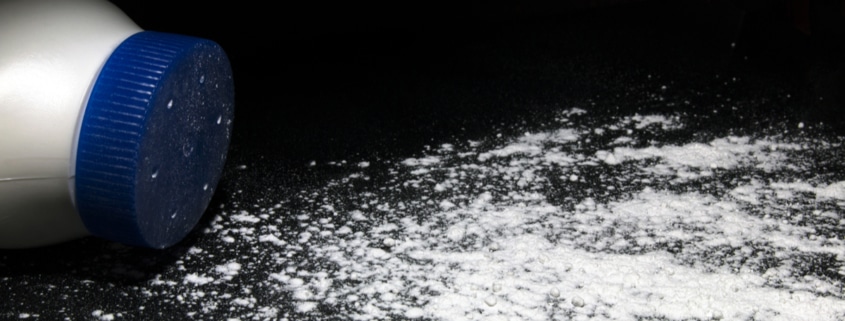Pedestrian Accidents Increase in Arizona
Pedestrian accidents causing serious injury or death have seen a dramatic increase in Arizona. In Tucson, a 17-year-old Cholla High School student walking to school last month was tragically killed by a speeding motorist as she tried to cross a busy westside street. In January, two pedestrians were killed while attempting to cross local streets. One was a man who was struck by an SUV as he crossed an eastside street. The other was a young man who was celebrating his birthday just after the new year and was hit by a truck as he crossed a dark road on the northwest side of town.
When a pedestrian is killed it is a devastating loss for the victim’s loved ones and friends, but it’s also tragic for the at-fault motorist who will have to live the rest of his life knowing he was responsible for someone’s death.
According to the Arizona Governor’s Office of Highway Safety, fatalities in Arizona increased more than 40 percent in a four-year period, with 228 pedestrian fatalities in 2017 compared with 160 in 2013.
The Governors Highway Safety Association released a report last year showing pedestrian deaths at levels not seen in decades. Arizona was one of four states that experienced almost half of all pedestrian deaths, and was ranked first in the nation in pedestrian fatalities. In Tucson there were 28 pedestrian deaths in 2018, up from 24 in 2017 and 12 in 2016.
Factors Contributing to Pedestrian Accidents
The Arizona Governor’s Office of Highway Safety is working with local and national officials to determine the causes of the increase in pedestrian traffic deaths and to create awareness across the state about precautions both motorists and pedestrians should take when on the road.
Several factors have been identified as contributing to the increase in pedestrian accidents. A major one is distracted driving, particularly with the rise of cell phone use. Drivers who are paying attention to their cell phones aren’t paying enough attention to the road, or to pedestrians crossing in front of them.
We know that distracted driving is dangerous, but so is distracted walking. Texting, talking on your phone, checking e-mail, and playing games on a cell phone are dangerous distractions that pedestrians may not realize put them in danger, especially when attempting to cross a street.
The rise in pedestrian deaths has also coincided with the popularity of SUVs. Their larger size, heavier weight, and higher clearance makes it more likely that hitting a pedestrian will have deadly consequences.
Pedestrians not crossing at an intersection, wearing dark clothes at night, or
being under the influence of drugs or alcohol puts them at increased risk of
being hit by a car.
For drivers, speeding, being impaired by drugs or alcohol, making a right or left turn without checking for pedestrians, and not respecting crosswalks are preventable behaviors that can reduce pedestrian deaths.
Pedestrian Safety in Tucson
Tucson city officials have been working to make local streets safer for pedestrians. Tucson installed High-Intensity Activated Crosswalk (HAWK) signals to help citizens cross streets more safely. A pedestrian who wants to cross a street activates the signal, which changes from yellow to red to alert traffic to stop.
Tucson installed the first HAWK signal in 2000. Since then, they have been 90 percent effective in making drivers aware of pedestrians preparing to cross a roadway. Currently Tucson has more than 100 HAWK signals, and the city recently received a grant from the Federal Highway Administration to install six more.
Avoiding Pedestrian Traffic Accidents
Both drivers and pedestrians can take steps to prevent pedestrian accidents. Drivers in Arizona must yield the right-of-way to pedestrians, whether they are in a marked or unmarked crosswalk. All intersections on public roads have crosswalks. If they are not marked, they are designated by an “imaginary” line where the sidewalk or edge of the roadway crosses the street.
Drivers are also required by law to exercise due care to avoid striking a pedestrian. Here are tips to help motorists share the road safely with pedestrians:
- Use your turn signal to let pedestrians know when you are changing lanes or turning at an intersection.
- Be aware of pedestrians near the roadway; be particularly aware of the presence of children or anyone who seems incapacitated or confused as they may suddenly dart in front of traffic.
- Make sure you slow down when pedestrians are nearby, as the chances of serious injury or death increase with speed. While a pedestrian hit at 20 mph has a chance of survival of 95 percent, those odds decrease to 16 percent at 40 mph.
- It is against the law to pass a school bus with flashing lights and an extended stop sign, so you must always stop. Even if the lights are not flashing, watch out for children around the bus, who may dart into traffic without notice.
- Pay attention to the road when driving. Don’t be distracted by activities such as checking a cell phone or texting while driving.
Pedestrians should also exercise caution when walking along a roadway or crossing a street. When crossing a road anywhere other than at a marked or unmarked crosswalk, a pedestrian must yield the right-of-way to vehicles. The following tips will help you stay safe when walking on or near a roadway:
- Always make sure that you can see traffic.
- If crossing a street or roadway, try to cross at a location that gives you the best view of traffic and where drivers can best see you.
- Don’t assume that drivers will always stop, even if you are at a crosswalk. Make sure everyone is stopped before you step onto the road. Be particularly aware of turning vehicles, as they may be looking at oncoming traffic and may not see you.
- Make sure you are visible. Walk toward traffic and wear bright or reflective clothes at night.
- When walking in a rural area, walk as far off the roadway as possible.
- Stay alert when crossing a street. Don’t use headphones, cell phones or anything that may distract you from safely crossing the street.
Being alert on the road, both as drivers and pedestrians, can save lives.




